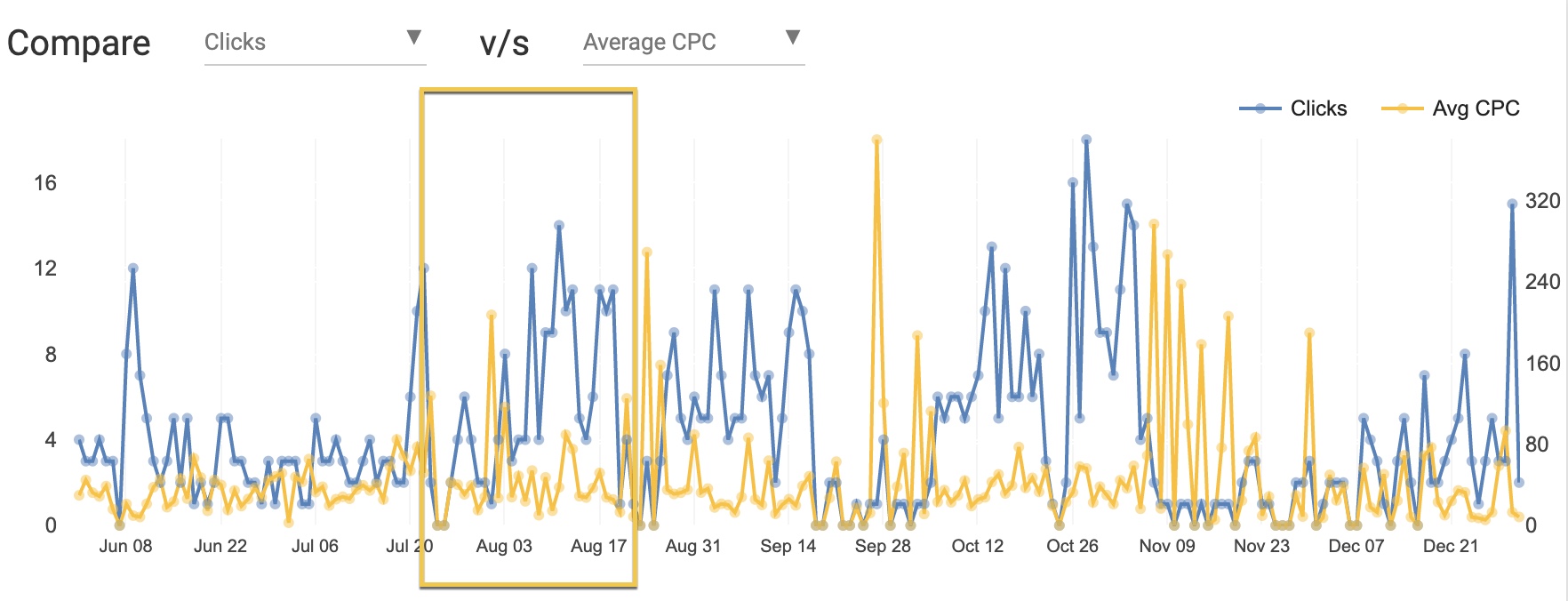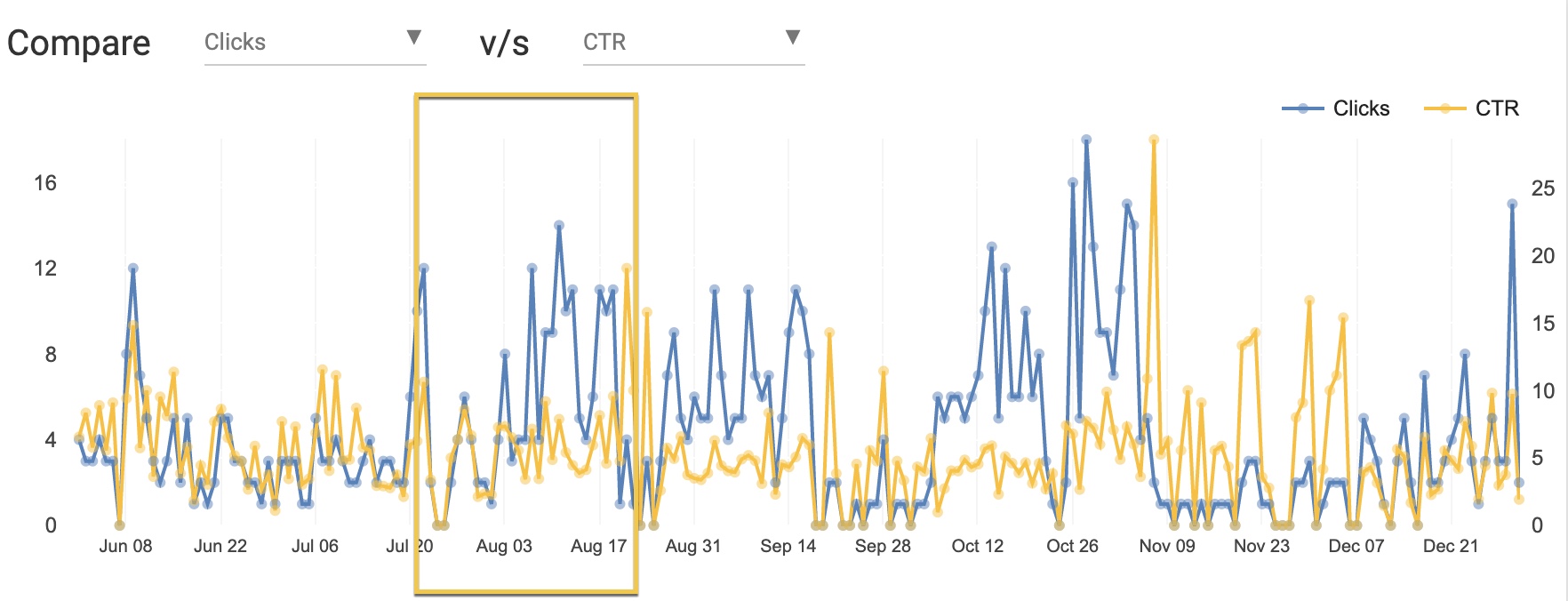Comparing LSA and PPC Campaigns: Looking Beyond the Averages and Clicks
Change is scary, especially when it comes to making sure you are booking good leads to keep your firm going strong. The biggest change we have seen in online advertising for lawyers recently is the introduction of Google’s Local Services Ads. Right now many firms are panicking about if LSAs are hurting their PPC efforts, and if they should shift all their advertising budget to LSAs. The answer is no, and in this post, we’ll explain why in two simple concepts:
- Each Law Firm Is Different
- It Is Not Just About Clicks
First, A Little Background on Advertising with Google

If you already are confident in your understanding of what LSA and PPC are, you can skip this section. For the rest of us, here is a brief reminder (feel free to check out our past blogs for more info). This summer, Google let lawyers start using its Local Services Ads product. In this service, Google does a background check on at least one of your attorneys, and if everything checks out, Google places your firm’s LSA profile at the very top of its results page– depending, of course, on the search terms and your budget/bidding strategy. Then your firm pays per quality phone call or text message lead generated from that ad.
Pay Per Click advertising is similar to LSAs, except that a PPC ad is more limited than an LSA profile ad and it does not have a background screening component to it. Perhaps most importantly, PPC ads rank lower on Google’s search results than LSAs.
Right now, many law firms are worried that their LSA budget is working up against their PPC budget and vice versa. They look at reports about industry averages of ad clicks and they extrapolate that their firm must overhaul its digital advertising immediately. We’re here to say slow down and look at the data with us.
Each Law Firm is Different
Averages across the industry are only one kind of data point. Each law firm is different, and we are finding that these differences greatly impact how PPC and LSA play out for them. For this example, we’ll compare two of our real law firm clients.
Client A is a personal injury firm based on the east coast. They operate in a densely populated area with a lot of other competitors. Client A’s monthly PPC budget is around the $100,000 range and its LSA budget is around the $30,000 range.
Client B is a personal injury firm based on the west coast. Like Client A, it is based in a densely populated area, although the competition might be slightly less intense. Client B’s monthly PPC budget is in the $10,000 range and its LSA budget is around $2,000.
Ok, now let’s look at how their PPC ads faired after they started their LSA campaigns:
Law Firm Client A:




Law Firm Client B:




The data shows that Client A’s PPC clicks decreased after it implemented its LSA campaign, while Client B’s PPC clicks stayed about the same overall. If we were looking at an average between the two, it would appear as if Client B’s PPC clicks also went down. That’s how averages can be deceiving. They leave out the possibility that there can be huge differences among results.
Your firm is not the average. No ones is. What may not be working for a majority of the industry may be working great for you. That is why it is critical to work with digital advertising experts who know the history of your advertising efforts and the details of your practice.
It Is Not Just About Clicks
These charts also show us more than just an increase or decrease in clicks. Remember, clicks are only one data point. Alone they can be insufficient in decision-making, or even downright deceiving. At the end of the day, the end goal is to get high-quality leads and booked cases. All the other data just helps us figure out how to best make that happen. (We also want to make sure we are booking the best and biggest cases, but we’ll cover that in another blog post).
For example, we can see that Client A had fewer PPC clicks, but its CTR and conversion rate jumped up when these fell. In other words, the PPC ads were seen fewer times but they were more effective when they were seen. The CPC (cost per click) also rose during this time, but that is not necessarily a bad thing if Client A was getting more efficient interaction with the potential client viewing the ad. However, based on these charts we don’t really know if these interactions, even if they were more efficient, were high-quality leads that lead to bookings. For that information we have to work closely with Client A, usually through CallRail, to see which clicks and calls result in high-quality intakes and booked cases.
In the case of Client A, during this time period, it got 7 high-quality intakes from LSA ads and 33 high-quality intakes from PPC ads. Now, it is tempting to then divide the budgets with their respective high quality intakes: $30,000 (LSA budget) divided by 7 (LSA leads) = $4,285; $100,000 (PPC budget) divided by 33 (PPC leads) = $3,030. Doing that math, it looks like PPC is even more efficient than LSA, which is funny since our first reaction seeing the PPC clicks plummet on the chart was probably panic.
However, this doesn’t mean Client A should now panic in the other direction and put all their advertising dollars in PPC. It may well be the case that if Client A put all of its money in PPC ads, it would have never pick up those 7 leads it got from LSAs. Those 7 people would have clicked on the LSA ads no matter who it featured and never scrolled down to see any PPC ads.
Of course, firms shouldn’t put all their budget in LSAs either. Google makes sure that everyone who has a paying LSA account gets shown at the very top of the results page at some point during the month. That means even if your firm puts a ton of money into its LSA budget, eventually your LSA ads will be bumped out of this top spot (and out of visibility altogether) because Google has to let other firms have their turn.
Summary
Don’t overreact when you hear about the latest trends or single data point shifts. An LSA campaign may significantly affect your PPC campaigns, but it very well may not. And just because the data for your PPC campaigns might initially look bad, your ads may just be becoming more efficient. And last but not least, LSA and PPC campaigns are not necessarily adversarial. LSAs seem to reach a certain crowd who click at the first thing they see, and PPC ads may serve as a reminder for people who are willing to scroll down the page to find the law firm’s name that is on the tip of their tongue.
Either way, you can count on PPC ads to show even when Google inevitably bumps off your LSA so other firms have their turn to show theirs. All of this to say, consult with experts who take the time to crunch your specific data and make your law firm a personalized plan.
